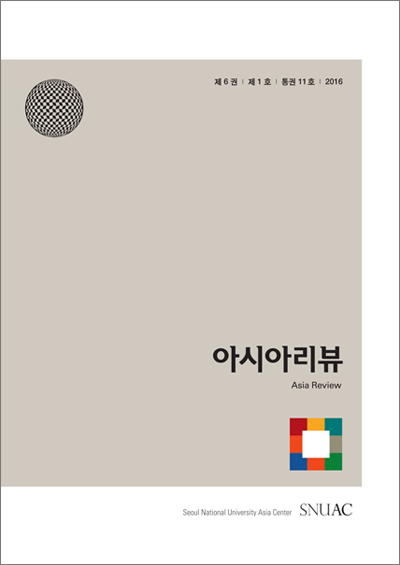From West Asia to East Asia and throughout many centuries, Asian societies have been huge catalysts of globalization. Explorers, and spiritual practitioners, and Asian leaders have been instrumental in linking Asia, Europe, Africa, and Latin America (Disney, 2009: 305-314; Bohorquez, 2020). Nederveen Pieterse (2018: 6) identifies three phases of Asian transformation: oriental globalization between 500 CE until 1800, the rise of the rest in the nineteenth and twentieth centuries during which Asian societies were somewhat more inward looking, and a second phase of Oriental globalization associated with the rise/return of China and rise of emerging Asian economies since the late twentieth century. Asia is back.
Building on the work of Hobson and others, Nederveen Pieterse also points out that European progress cannot be isolated from Asian innovations that occurred centuries earlier: “According to Hobson, in China’ s ‘first industrial miracle’ ‘many of the characteristics that we associate with the 18th century British industrial revolution had emerged by 1100’ with major advances in iron and steel production, agriculture, shipping, and military capabilities… Several historians note that ‘none of the major players in the world economy at any point before 1800 was European” (Nederveen Pieterse 2018: 28, citing Hobson, 2004). To give an indication of the sheer sizes: At the end of the seventeenth century both the Great Qing’s Empire and the Mughal Empire’s total economic output was equivalent to approximately 5 billion USD; the Ottoman Empire 1.3 billion USD and France 0.6 billion USD (Ranking Charts, 2019, nominal dollars). Controlled for purchasing power parity the size of the Ottoman Empire’s economy was slightly larger than that of the Spanish Empire; see also Cox (2015).
While we can often read about the rise of China and India or the dynamism of Asia’s newly emerging economies, or the so-called Global Shift towards Asia, it is perhaps more appropriate to write about the return of Asia. Could it be that the nineteen and twentieth centuries were not the norm, but outliers in global transformation? By 2050, China, India, Indonesia are projected to be the world’s largest, second largest and fourth largest economies, with the USA ranked third (PWC, 2017, GDP at purchasing power parity).

